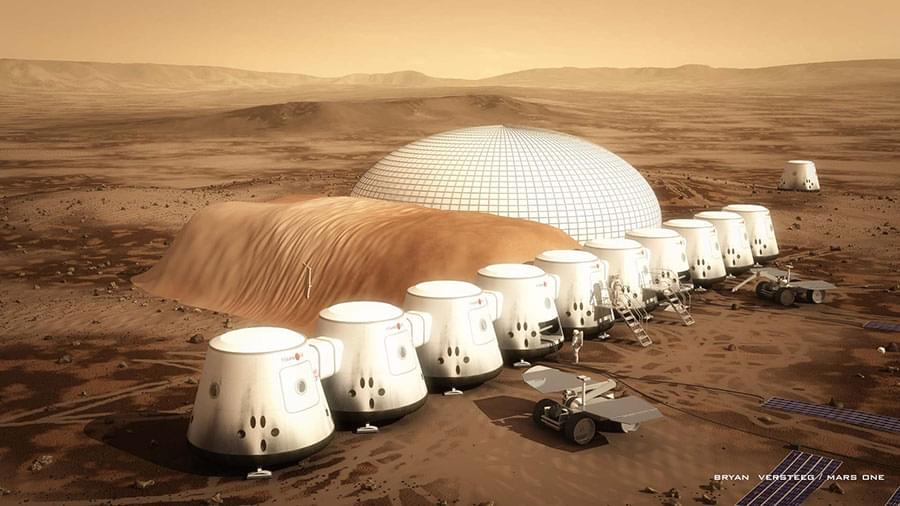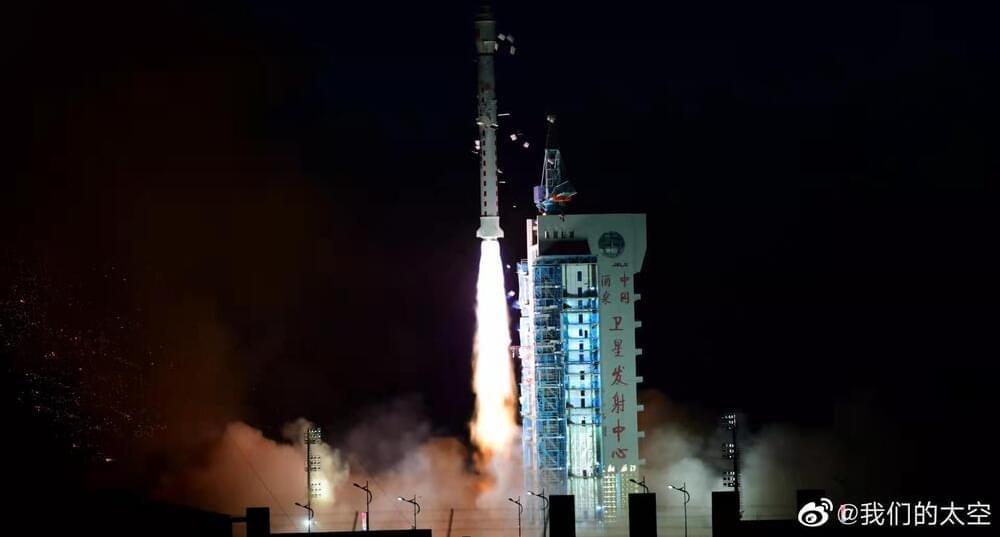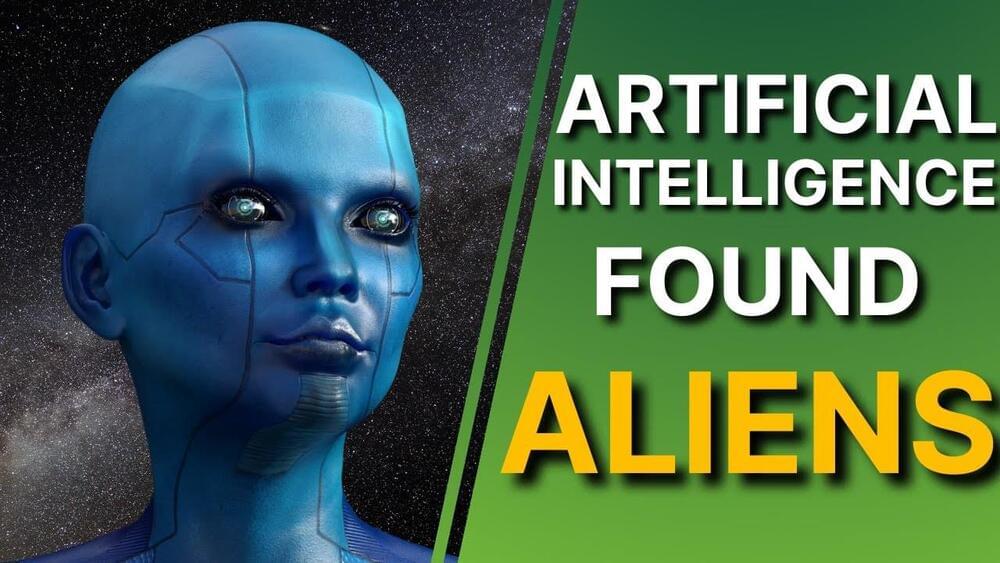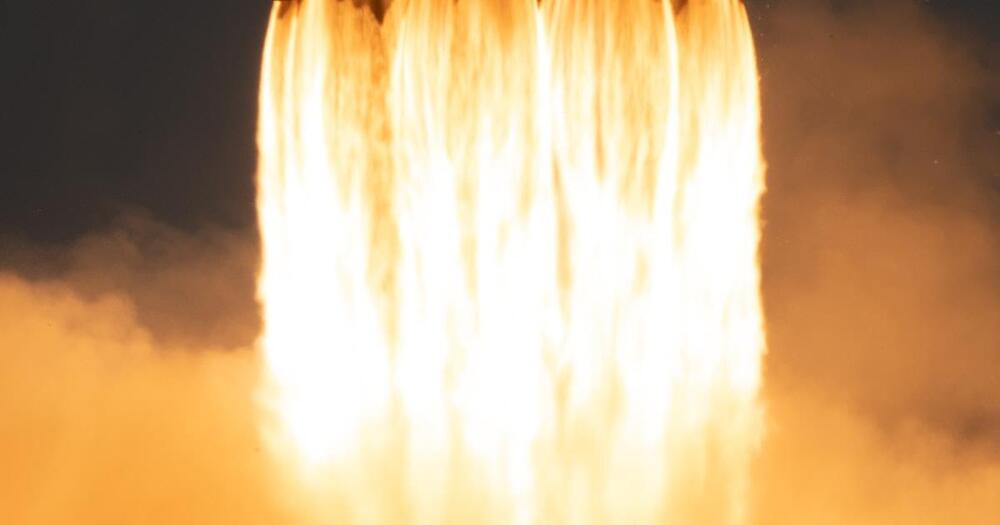The automated strike zone is coming to Triple-A in 2022, according to league hiring notices. What does this mean for the catcher position?
Telecom provider AT&T this week said some local customers now have access to faster internet with the addition of 2 gigabit and 5 gigabit fiber internet to the community. Reno is one of more than 70 metro regions in the country to get the upgrade.
The top speeds for AT&T fiber internet had previously been 1 gig.
AT&T officials said the rollout of the improved fiber network for residential customers was in response to pandemic shifts in how people work, with many more people setting up home offices or making their homes a permanent workplace.
Scientists from the Kavli Institute for the Physics and Mathematics of the Universe and the University of Minnesota, Tomotake Matsumura and Shaul Hanany, and their collaborators have made a new type of optical element that will improve the performance of telescopes studying radiation from the Big Bang.
The cosmic microwave background (CMB) is a relic radiation remnant from the big bang. It reaches our telescopes after traveling 14 billion years since the birth of the Universe. Studying the properties of this radiation, scientists infer the physics of the big bang, how clusters of galaxies form, and the matter and energy content in the Universe. Four Nobel prizes have been awarded for past studies of the CMB.
To study the CMB, telescopes must be tuned to wavelengths in which it is most intense, about 1–3 mm, and they must separate out shorter wavelength radiation that the atmosphere and Milky Way emit. Among the most effective optical elements that absorbs the short wavelength radiation but lets the CMB pass through is alumina, a material made of aluminum and oxygen and that is second in hardness only to diamond. One challenge with using alumina is that it also reflects almost 50% of the radiation impinging on it. Matsumura and Hanany have now come up with a new way to fabricate anti-reflective structures that reduce reflections fifty-fold.
Last fall, Texas Governor Greg Abbott gathered dozens of cryptocurrency deal makers in Austin where they discussed an idea that, on its face, seemed almost upside down: Electricity-hungry Bitcoin miners could shore up the state’s power grid, a top priority after a deep freeze last winter triggered blackouts that left hundreds dead.
The industry’s advocates have been making that pitch to the governor for years. The idea is that the miners’ computer arrays would demand so much electricity that someone would come along to build more power plants, something Texas badly needs. If the grid starts to go wobbly, as it did when winter storm Uri froze up power plants in February 2021, miners could quickly shut down to conserve energy for homes and businesses. At least two Bitcoin miners have already volunteered to do just that.
FeaturedRead our 3 books at https://lifeboat.com/ex/books.
The Lifeboat Foundation is a nonprofit nongovernmental organization dedicated to encouraging scientific advancements while helping humanity survive existential risks and possible misuse of increasingly powerful technologies, including genetic engineering, nanotechnology, and robotics/AI, as we move towards the Singularity.
Lifeboat Foundation is pursuing a variety of options, including helping to accelerate the development of technologies to defend humanity, such as new methods to combat viruses, effective nanotechnological defensive strategies, and even self-sustaining space colonies in case the other defensive strategies fail.
We believe that, in some situations, it might be feasible to relinquish technological capacity in the public interest (for example, we are against the U.S. government posting the recipe for the 1918 flu virus on the internet). We have some of the best minds on the planet working on programs to enable our survival. We invite you to join our cause!
Visit our site at https://lifeboat.com. Participate in our programs at https://lifeboat.com/ex/programs. Follow our Twitter feed at https://twitter.com/LifeboatHQ and our GETTR feed at https://gettr.com/user/LifeboatHQ. Watch our YouTube channel at https://youtube.com/lifeboathq. Read our blog at https://lifeboat.com/blog. Join our LinkedIn group at https://www.linkedin.com/groups/35656. Subscribe to our newsletter at https://lifeboat.com/newsletter.cgi.
Interact with the author of “The Human Race to the Future: What Could Happen—and What to Do” at https://www.facebook.com/groups/thehumanracetothefuture.
A platform for single-molecule measurement of binding kinetics & enzyme activity.
The first molecular electronics chip has been developed, realizing a 50-year-old goal of integrating single molecules into circuits to achieve the ultimate scaling limits of Moore’s Law. Developed by Roswell Biotechnologies and a multi-disciplinary team of leading academic scientists, the chip uses single molecules as universal sensor elements in a circuit to create a programmable biosensor with real-time, single-molecule sensitivity and unlimited scalability in sensor pixel density. This innovation, appearing this week in a peer-reviewed article in the Proceedings of the National Academy of Sciences (PNAS), will power advances in diverse fields that are fundamentally based on observing molecular interactions, including drug discovery, diagnostics, DNA
DNA, or deoxyribonucleic acid, is a molecule composed of two long strands of nucleotides that coil around each other to form a double helix. It is the hereditary material in humans and almost all other organisms that carries genetic instructions for development, functioning, growth, and reproduction. Nearly every cell in a person’s body has the same DNA. Most DNA is located in the cell nucleus (where it is called nuclear DNA), but a small amount of DNA can also be found in the mitochondria (where it is called mitochondrial DNA or mtDNA).
China successfully launched the Gongjian Ludi Tance-1 01A (L-SAR 01A) satellite into a quasi sun-synchronous orbit of 607 kilometers. The 3.2 metric ton satellite was launched at 23:44 UTC on Tuesday, January 25 on a Chang Zheng 4C from the Jiuquan Satellite Launch Center.
The satellite is equipped with an L-band and multi-channel synthetic aperture radar (SAR) payload. It is a civilian satellite that will use a 33 square meter array to survey the Earth after major events such as earthquakes and landslides.
This is comparable to the Argentinian SAOCOM satellites which are also equipped with L-band and a SAR to monitor environmental disasters. L-band brings the advantage of being able to penetrate clouds, rain, and vegetation which makes it easier to monitor the ground. It operates in a frequency range of 1–2 GHz.
🔔 Subscribe now for more Artificial Intelligence news, Data science news, Machine Learning news and more.
🦾 Support us NOW so we can create more videos: https://www.youtube.com/channel/UCItylrp-EOkBwsUT7c_Xkxg.
In the search for extraterrestrial intelligence (SETI), we’ve often looked for signs of intelligence, technology and communication that are similar to our own. But as astronomer and SETI trailblazer Jill Tarter points out, that approach means searching for detectable techno signatures, like radio transmissions, not searching for intelligence itself. At the moment scientists are considering whether artificial intelligence (AI) could help us search for alien intelligence in ways we haven’t even thought of yet.
As we think about extraterrestrial intelligence it’s helpful to remember humans are not the only intelligent life on Earth. For all we know, chimpanzees have culture and use tools, spiders process information with webs, cetaceans have dialects, crows understand analogies and beavers are great engineers. Non-human intelligence, language, culture and technology surround us to no end. Alien intelligence could look like an octopus, an ant, a dolphin or a machine or, on the other hand, be radically different from anything on Earth.
#Artificialintelligence #Space #NASA.
📺 Fun fact: Smart people watch the entire video!
Many of the all-too-familiar symptoms of aging can be attributed to a build-up of senescent cells, those which have stopped dividing. In a new study, researchers in Japan have identified a protein specific to these cells and developed a vaccine that can clear them away, with tests on mice reducing the effects of aging.
Cells cannot keep dividing forever – eventually they accumulate too much DNA damage through environmental stress, so the body shuts them down and flags them to be cleared out by the immune system. This seems to be an evolutionary defense mechanism against cells turning cancerous.
However, even immune cells aren’t immune from this process, and as they become senescent themselves the immune system gradually loses the ability to clear out senescent cells. As these inactive cells accumulate in the body, they contribute to symptoms of aging and the diseases that come with it.
After a successfull simulated launch countdown on January 24, only a few tests remain for NASA’s big Moon rocket.









